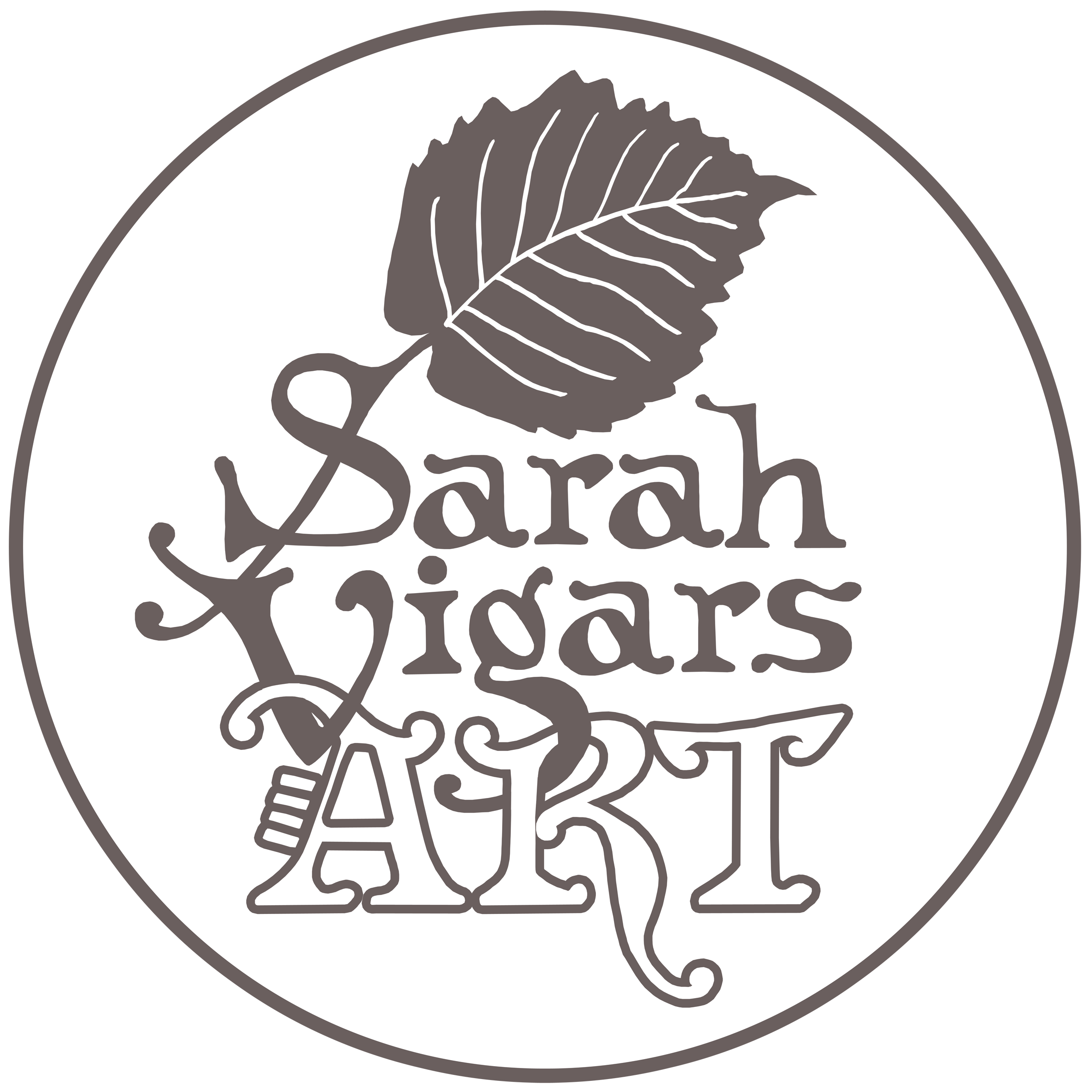Imperfect circles and learning curves…
‘Gold finches’ - relief carving in lime wood, finished with Bolgers wood dye, Danish oil and beeswax.
This summer I’ve had a bit of spare time from other work so, back in June, I decided to embark on a new carving project, something I haven’t attempted before: my first relief carving, a hangable piece of wood-art! While I delight in carving small treasures such as my jewellery pieces, I’ve always had dreams of working BIGGER. But working bigger can be an intimidating prospect when carving with wood. Why? Well, to begin with, good quality, seasoned timber comes at a cost… then there’s the added time it takes to learn a new process. Consequently, with every chisel cut, I worry that I’m wasting both time and money, and the ensuing anxiety is somewhat detrimental to a relaxed creative process! Nevertheless, on this occasion I decided to put my doubts aside and get stuck in, and I’ve learnt A LOT, both about carving and about my own creative anxieties…
For starters, it turns out that carving in relief is a whole new kettle-of-fish to carving in-the-round as I am used to! In truth I nearly shelved this piece just days before completion, afraid that I would never achieve a professional finish. This project has felt like an exercise in technique, rather than an act of self expression, and it’s good to remember that practising for the sake of practising has its own value, whatever the outcome. This piece is far from technical perfection, and in case I’m sounding overly self-critical here’s why in plain, geeky wood-carving terms:
Tool marks: the background plane is scarred with some untidy tool marks. They are the ghosts of chisel cuts from when I first ‘set-in’ the birds from the block of wood, which have now cut too deep to be removed. Next time I will take more care with the ‘setting-in’ process.
Inaccessible nooks and crannies: the forms in this piece are closely juxtaposed and that has caused me no end of challenges trying to get the background level and smooth. The purchase of some new ‘spoon-bent’ chisels has alleviated some of the stress, but next time I’ll give myself more space to work!
Imperfect circles: this circular design was cut out on a bandsaw then carved by hand. Next time, I will spare myself the agony of trying to carve a perfect circle and seek advice from a wood-turner instead!
Now, technical critique aside, here’s what I’ve learnt about creative learning curves. By repeating these mantras to myself I got this piece to completion, despite its technical imperfections:
Be kind to yourself. It’s ok to ‘screw up’. It’s ok to get it ‘wrong’ before you get it right, especially when you’re trying something for the first time. And really, ultimately, there is no such thing as ‘wrong’ and no such thing as ‘failure’, they’re just the downward dips in your ongoing creative development. For every dark valley there is a sunlit peak!
As already mentioned, practising for the sake of practising is time well spent. Every artist has a studio containing unfinished pieces, unsuccessful pieces, seconds and practice pieces.
Learning a new skill can make you feel vulnerable, and consequently it can feel difficult to share a new work-in-progess with the world. That’s ok, you’re allowed to hide sometimes. Turn off your all your social media apps and get back to the root of things.
If you feel dissatisfied with your work, remember that you’re probably your own worst critic.
Ultimately, a successful artist is someone that enjoys what they do, and doesn’t let a fear of judgement stop them from creating. If you can let the enjoyment outweigh the fear, then the battle is half won!
To conclude, I AM happy that I set myself a new challenge this summer, and I can’t wait to put what I’ve learnt into practice with my next piece! And if you’ve stumbled upon this post and like what you see, then watch this space, because there will be more!








